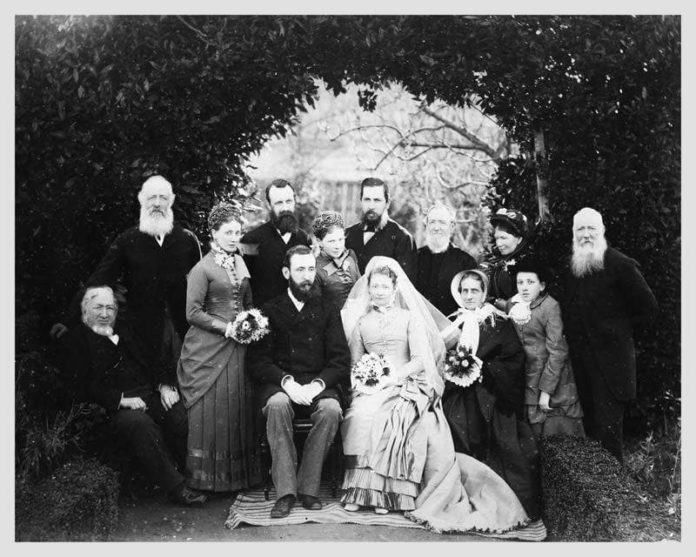La romántica idea que tenemos del matrimonio no siempre fue así. De hecho, en la antigüedad no solía ser un lecho de rosas, sino un acuerdo por motivos ajenos al amor entre el hombre y la mujer.
En la Antigua Roma, por ejemplo, se consideraba inapropiado que los esposos estuvieran enamorados; Séneca, el filósofo, decía que no había nada más impuro que un hombre que amara a su esposa como a una amante. No fue sino hasta los años 20 que la gente comenzó a casarse enamorada, acuñándose el término “matrimonio por amor”.
Antiguamente – y todavía en muchas culturas- el matrimonio era un arreglo al que muchos llegaban forzados. En el “matrimonio tradicional” el amor era considerado una noción infantil y fuera de lugar. Hubo quien predijo que casarse por amor podría destruir la institución del matrimonio.
La gente se casaba por razones prácticas: para no estar solo, porque la familia necesitaba una cabra, porque sus padres ya no podían seguir alimentando a la hija, porque necesitaban fortalecer una posición política o porque la esposa murió y necesitaba otra. Si una mujer era violada, debía casarse con el violador; si la esposa moría, y tenía una hermana soltera, esta debía casarse con el cuñado viudo. La ilusión de elegir es algo relativamente nuevo para las mujeres.
La mujer no tenía derechos, ni siquiera a opinar, era vista como una propiedad con propósitos específicos. Fue hasta el siglo XIII que el papa Alejandro IV cambió las leyes e instituyó el matrimonio cristiano como un sacramento celebrado entre dos personas, quitando la decisión de manos de los padres y poniéndola en las de los contrayentes.
Antes de eso, las familias veían las bodas como una herramienta de negocio para obtener lo que querían, sin tomar en cuenta los sentimientos y deseos de los individuos que contraían matrimonio.
En cuanto a la creencia de que antes el matrimonio era para toda la vida y hoy la institución se ha venido abajo, también estamos un poco equivocados. En la antigua Mesopotamia,
En 1800, el divorcio era tan común en los Estados Unidos que el gobierno abrió una investigación sobre el problema y para 1900, la sociedad llegó a temer que pronto se volviera obsoleta. Aunque la tasa de divorcios aumentó en el siglo XX, comenzó a declinar, y el 2016 registró el menor número de divorcios en Estados Unidos desde 1980.
Tal vez los millennials tenemos una idea más realista y positiva del matrimonio que las anteriores generaciones y lo estamos haciendo mejor que nuestros padres.
 Jewish Museum / Getty Images
Jewish Museum / Getty Images
 AFP / ROBYN BECK
AFP / ROBYN BECK Granger
Granger Getty Images
Getty Images












